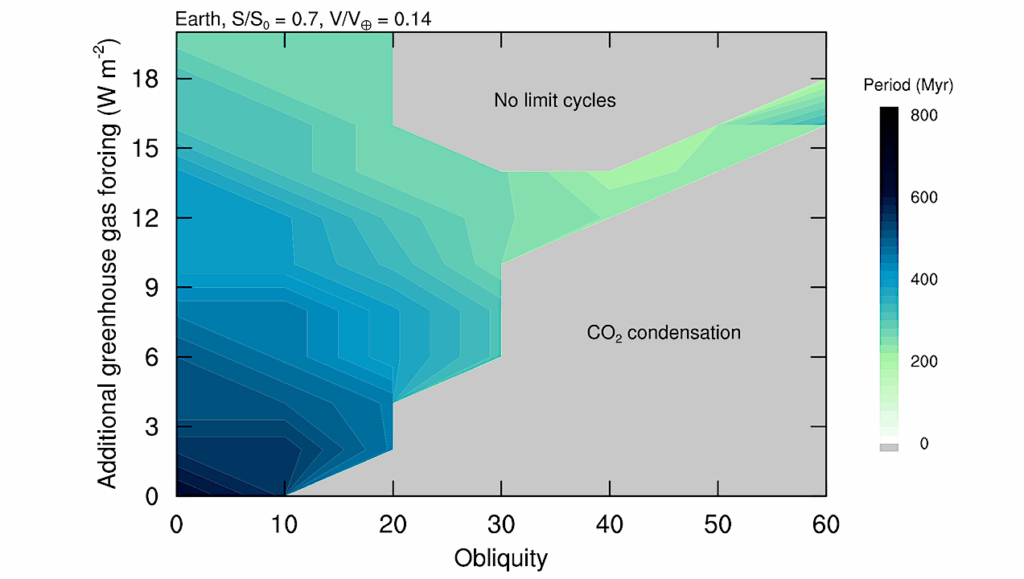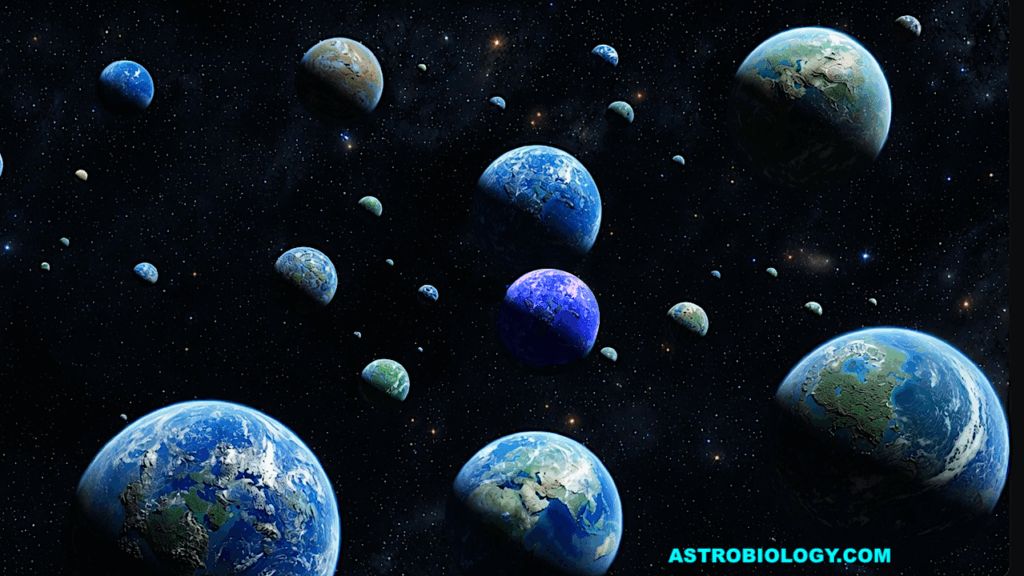Evolution of a Water-rich Atmosphere Formed by a Giant Impact on an Earth-sized Planet

The atmosphere of a terrestrial planet that is replenished with secondary gases should have accumulated hydrogen-rich gas from its protoplanetary disk.
Although a giant impact blows off a large fraction of the primordial atmosphere of a terrestrial planet in the late formation stage, the remaining atmosphere can become water-rich via chemical reactions between hydrogen and vaporized core material. We find that a water-rich post-impact atmosphere forms when a basaltic or CI chondrite core is assumed. In contrast, little post-impact water is generated for an enstatite chondrite core. We investigate the X-ray- and UV-driven mass loss from an Earth-mass planet with an impact-induced multi-component H2−He−H2O atmosphere for Gyrs.
We show that water is left in the atmosphere of an Earth-mass planet when the low flux of escaping hydrogen cannot drag water upward via collisions. For a water-dominated atmosphere to form, the atmospheric mass fraction of an Earth-mass planet with an oxidizing core after a giant impact must be less than a few times 0.1%. We also find that Earth-mass planets with water-dominated atmospheres can exist at semimajor axes ranging from a few times 0.1 au to a few au around a Sun-like star depending on the mass loss efficiency.
Such planets are important targets for atmospheric characterization in the era of JWST. Our results indicate that efficient mixing between hydrogen and rocky components during giant impacts can play a role in the production of water in an Earth-mass planet.
Kenji Kurosaki, Yasunori Hori, Masahiro Ogihara, Masanobu Kunitomo
Comments: 14 pages, 9 figures, accepted for publication in ApJ
Subjects: Earth and Planetary Astrophysics (astro-ph.EP)
Cite as: arXiv:2309.15571 [astro-ph.EP] (or arXiv:2309.15571v1 [astro-ph.EP] for this version)
Submission history
From: Kenji Kurosaki
[v1] Wed, 27 Sep 2023 10:54:51 UTC (935 KB)
https://arxiv.org/abs/2309.15571
Astrobiology








